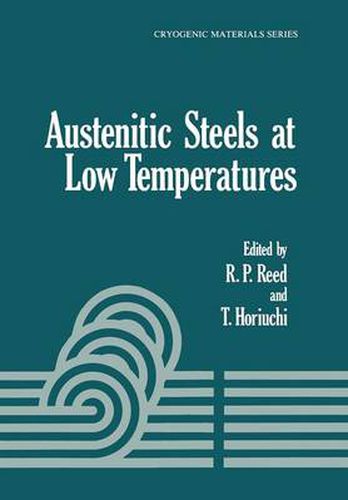Readings Newsletter
Become a Readings Member to make your shopping experience even easier.
Sign in or sign up for free!
You’re not far away from qualifying for FREE standard shipping within Australia
You’ve qualified for FREE standard shipping within Australia
The cart is loading…






This title is printed to order. This book may have been self-published. If so, we cannot guarantee the quality of the content. In the main most books will have gone through the editing process however some may not. We therefore suggest that you be aware of this before ordering this book. If in doubt check either the author or publisher’s details as we are unable to accept any returns unless they are faulty. Please contact us if you have any questions.
The need for alternate energy sources has led to the develop ment of prototype fusion and MHD reactors. Both possible energy systems in current designs usually require the use of magnetic fields for plasma confinement and concentration. For the creation and maintenance of large 5 to 15 tesla magnetic fields, supercon ducting magnets appear more economical. But the high magnetic fields create large forces, and the complexities of the conceptual reactors create severe space restrictions. The combination of re quirements, plus the desire to keep construction costs at a mini mum, has created a need for stronger structural alloys for service at liquid helium temperature (4 K). The complexity of the required structures requires that these alloys be weldable. Furthermore, since the plasma is influenced by magnetic fields and since magnet ic forces from the use of ferromagnetic materials in many configur ations may be additive, the best structural alloy for most applica tions should be nonmagnetic. These requirements have led to consideration of higher strength austenitic steels. Strength increases at low temperatures are achieved by the addition of nitrogen. The stability of the austenitic structure is retained by adding manganese instead of nickel, which is more expensive. Research to develop these higher strength austenitic steels is in process, primarily in Japan and the United States.
$9.00 standard shipping within Australia
FREE standard shipping within Australia for orders over $100.00
Express & International shipping calculated at checkout
This title is printed to order. This book may have been self-published. If so, we cannot guarantee the quality of the content. In the main most books will have gone through the editing process however some may not. We therefore suggest that you be aware of this before ordering this book. If in doubt check either the author or publisher’s details as we are unable to accept any returns unless they are faulty. Please contact us if you have any questions.
The need for alternate energy sources has led to the develop ment of prototype fusion and MHD reactors. Both possible energy systems in current designs usually require the use of magnetic fields for plasma confinement and concentration. For the creation and maintenance of large 5 to 15 tesla magnetic fields, supercon ducting magnets appear more economical. But the high magnetic fields create large forces, and the complexities of the conceptual reactors create severe space restrictions. The combination of re quirements, plus the desire to keep construction costs at a mini mum, has created a need for stronger structural alloys for service at liquid helium temperature (4 K). The complexity of the required structures requires that these alloys be weldable. Furthermore, since the plasma is influenced by magnetic fields and since magnet ic forces from the use of ferromagnetic materials in many configur ations may be additive, the best structural alloy for most applica tions should be nonmagnetic. These requirements have led to consideration of higher strength austenitic steels. Strength increases at low temperatures are achieved by the addition of nitrogen. The stability of the austenitic structure is retained by adding manganese instead of nickel, which is more expensive. Research to develop these higher strength austenitic steels is in process, primarily in Japan and the United States.